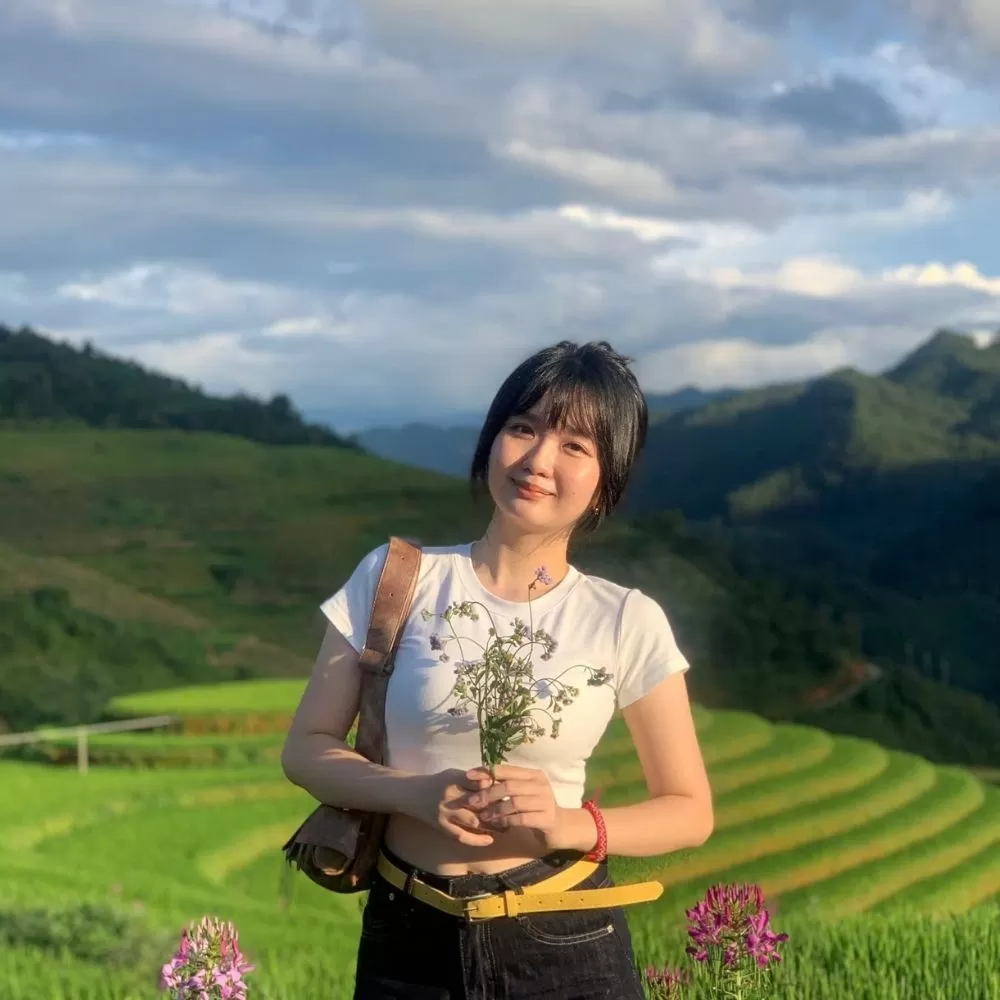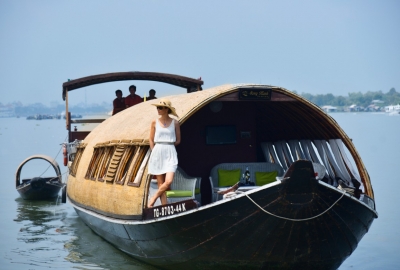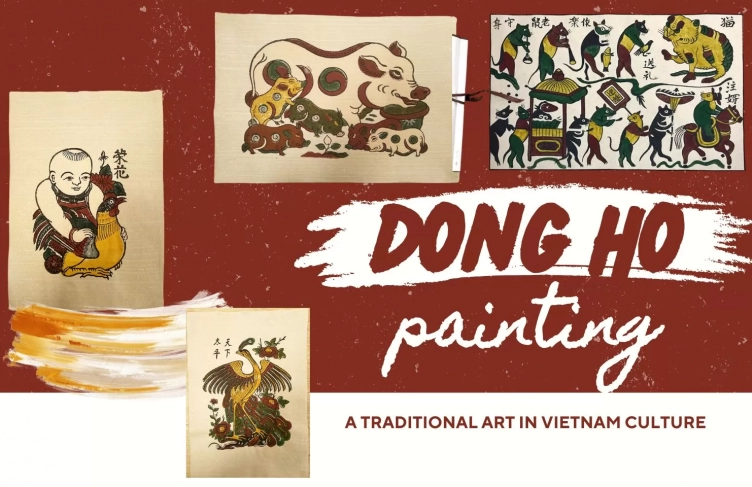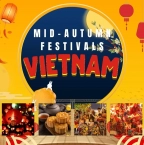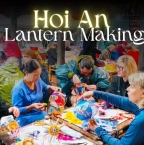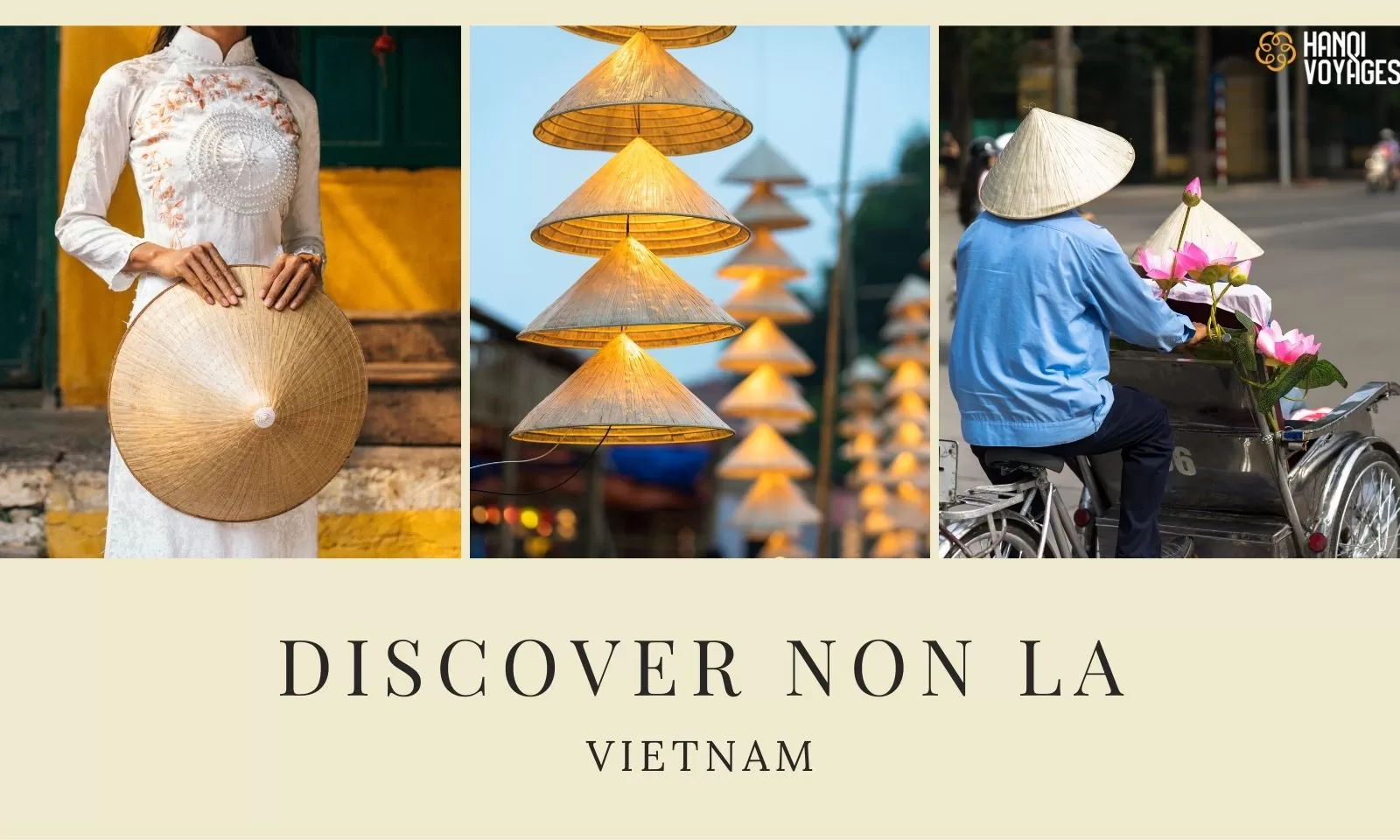
Discover Non la: The iconic symbol of Vietnamese culture
The Vietnamese conical hat, or non la, is an iconic symbol of culture and heritage. With its elegant shape and practical use, it has been an essential part of daily life for centuries while reflecting the nation’s cultural essence. Let’s delve into!

The image of a Vietnamese woman in a flowing ao dai, gracefully holding a Vietnamese conical hat, has become an unforgettable symbol for any travelers when visiting this beautiful country. More than just a simple accessory, the non la embodies the charm, resilience and cultural richness of the Vietnamese people. From bustling city streets to peaceful countryside landscapes, this iconic hat is deeply woven into local daily life.
Join Hanoi Voyages in uncovering the history, beauty and cultural significance of the non la!
Table of Contents
The origin and history of Vietnamese conical hat
![]()
The Vietnamese conical hat - non la is a traditional symbol of Vietnam, deeply associated with the country’s culture and daily life. Its history dates back over 3,000 years, as seen in ancient carvings and relics found on Ngoc Lu bronze drums and Dao Thich bronze jars. Closely linked to the age-old practice of wet rice cultivation, this hat has been a faithful companion of Vietnamese farmers for centuries.
The conical hat is believed to have originated from the need for protection against the harsh sun and heavy rains of Vietnam's tropical climate. Over centuries, its design evolved, but its basic shape has remained unchanged. Beyond its practical use, the conical hat carries deep cultural meaning in Vietnam. It is often associated with Vietnamese women’s grace and beauty, particularly when worn with the traditional "ao dai". Its symbolism extends far beyond its functionality, representing an inseparable link to Vietnam's cultural roots and ancient traditions and remains an emblematic element of national identity.
Different types of non la in Vietnam
![]()
Non la Vietnam comes in various styles, each with unique characteristics depending on the region, purpose and cultural significance. While all types share the same basic conical shape, the materials, decorations and sizes can vary.
Traditional Non la: Worn across Vietnam, especially in rural areas, the traditional Vietnamese hat is lightweight, durable and weather-resistant, commonly used by farmers, laborers and street vendors for sun and rain protection. A cloth strap is often added for a secure fit, making it a practical symbol of Vietnamese culture.
“Bai tho” hat - Poetry conical hat: Originating from Hue, central Vietnam, this elegant hat is known for the hidden poems or images placed between its layers. When held against the light, the delicate artwork appears, making it both a functional and decorative piece.
“Quai thao” hat - Flat-brimmed hat: This traditional hat, popular in Northern Vietnam, especially in Bac Ninh, features a wide, flat brim with long silk ribbons. It is commonly worn by female singers during Quan Ho folk performances and in special ceremonies.
“Ngua” hat - Non Go Gang: Made in Binh Dinh province, this sturdy and durable hat is crafted from thicker palm leaves and bamboo. Traditionally used by farmers and laborers, it is designed for long-term use and offers excellent protection from the sun and rain.
Each type of “non la” reflects different aspects of Vietnam’s history, culture and daily life. Whether used for farming, traditional performances, or decoration, the conical hat remains a symbol of Vietnamese identity and heritage.
Vietnamese conical hat: Materials and crafting process
What materials are used to make a Vietnamese conical hat and how is a perfectly crafted one created? In this section, you'll discover the essential elements and the meticulous steps that bring this traditional hat to life. Keep reading to uncover!
Materials of non la Vietnam
The non la Vietnam is crafted from natural materials that ensure durability, flexibility and lightweight comfort. Each component is carefully selected and processed to create a high-quality hat. The primary material is palm leaves, which are dried, flattened and layered to create a lightweight, waterproof and sun-resistant surface.
Artisans shape the hat’s signature cone by crafting a strong yet flexible frame from bamboo strips. To make it more practical for daily wear, a silk or fabric strap is added, keeping the hat secure and comfortable. If they are used for ceremonial purposes, the straps can be vividly colored.
How to make a Vietnamese conical hat
![]()
The process of crafting a non la requires patience, skill and a deep understanding of traditional techniques. Below is a step-by-step guide on how artisans create this traditional Vietnamese hat.
Step 1 - Crafting the frame: After choosing full of materials, the first step is crafting the frame. Thin bamboo strips are bent and shaped into a conical form, forming the base structure of the hat. This frame determines the final shape and size of the conical hat.
Step 2: Layering the palm leaves - The dried palm leaves are carefully arranged in multiple layers over the bamboo frame. This step ensures the hat is lightweight, waterproof and provides effective sun protection.
Step 3: Stitching the layers together- Using rattan or nylon thread, artisans meticulously sew the leaves onto the bamboo frame, ensuring tight and even stitches. This step requires precision to maintain the hat’s durability and aesthetic appeal.
Step 4: Adding finishing touches - To enhance durability and style, some hats are coated with natural glue or a thin layer of tree bark. Finally, a silk or fabric strap is attached to both sides of the hat, allowing it to be tied under the chin for added comfort and security.
Step 5: Decorating the hat (Optional) - For decorative purposes, some hats feature hand-painted patterns, poetry, or colorful ribbons, especially those used in traditional performances and ceremonies
The art of making a non la showcases the skill, patience and cultural heritage of Vietnamese artisans, preserving a long-standing tradition.
Exploring Vietnamese conical hat craft villages
A trip to Vietnam offers the chance to explore traditional craft villages where artisans have been making Vietnamese conical hat for generations. These villages preserve the art of hat-making, passing down skills and techniques that define the cultural identity of their regions.
Chuong village - Hanoi
![]()
Location: Quoc Trung Commune, Thanh Oai District, Hanoi
Specialty: Traditional Vietnamese conical hats
Chuong Village is a famous conical hat village in Hanoi, Vietnam, renowned for producing high-quality traditional conical hats for centuries. Nearly every household is involved in the craft, from preparing palm leaves to assembling and stitching the hats. The hats made here are lightweight, durable and widely used across the country. On market days, visitors can experience the vibrant atmosphere as artisans meticulously handcrafted each hat, preserving this long-standing tradition.
👉 Notably: Chuong village holds a special market on the 4th, 10th, 14th, 20th, 24th and 30th of each lunar month, where thousands of conical hats are traded.
Phu Cam village - Hue
Location: Hue city, Thua Thien Hue province
Specialty: Non bai tho (Poetry conical hats)
Phu Cam Village in Hue is one of Vietnam’s craft villages for making poetry hats, a unique type of conical hat with delicate images or poems hidden within the layers of palm leaves. When held up to the light, these designs become visible, adding an artistic and cultural charm to the hat. Common designs include the Perfume river, Trang Tien bridge, ancient pagodas and traditional Vietnamese calligraphy, reflecting the poetic beauty of Hue. These hats are not only functional but also serve as a symbol of Hue’s beauty and elegance.
Phu Gia village - Binh Dinh
Location: Cat Tuong commune, Phu Cat district, Binh Dinh province.
Specialty: Sturdy, durable conical hats for daily wear
Phu Gia Village is a well-known conical hat village for crafting strong, long-lasting conical hats suited for farmers and laborers. The village’s artisans use thick layers of high-quality palm leaves and a tightly woven bamboo frame to ensure durability. Unlike decorative nón bài thơ, Phu Gia’s hats are made for everyday use, protecting wearers from the harsh sun and rain.
📌Tip: How to buy and experience conical hat making
Visitors looking to buy authentic Vietnamese conical hats can find them at traditional markets, souvenir shops across the country or directly from conical hat villages like Chuong (Hanoi), Phu Cam (Hue) and Phu Gia (Binh Dinh). Prices vary depending on the craftsmanship and design - a standard conical hat typically costs 50,000–150,000 VND ($2– $6), while decorative poetry conical hats (non bai tho) or high-quality artisan hats can range from 200,000–500,000 VND ($8–$20).
For a more immersive experience in your Vietnam trip, visitors can join hands-on workshops in these craft villages to learn the hat-making process from local artisans. These workshops offer a chance to weave, stitch and shape palm leaves, creating a unique souvenir to take home. It’s a great way to appreciate the skill behind this iconic Vietnamese symbol while bringing back meaningful, handcrafted gifts.
The conical hat is a special part of Vietnamese culture, loved for its beauty and usefulness. It reflects the country’s traditions, skilled craftsmanship and daily life. Whether you wear it, learn about its history, or visit craft villages, the “non la” gives you a deeper connection to Vietnam.
Join Hanoi Voyages for an unforgettable experience exploring this cultural beauty!
Dream about your trip to Asia, in private
We are here to make it happen with youFREE QUOTE, WITHOUT OBLIGATION

